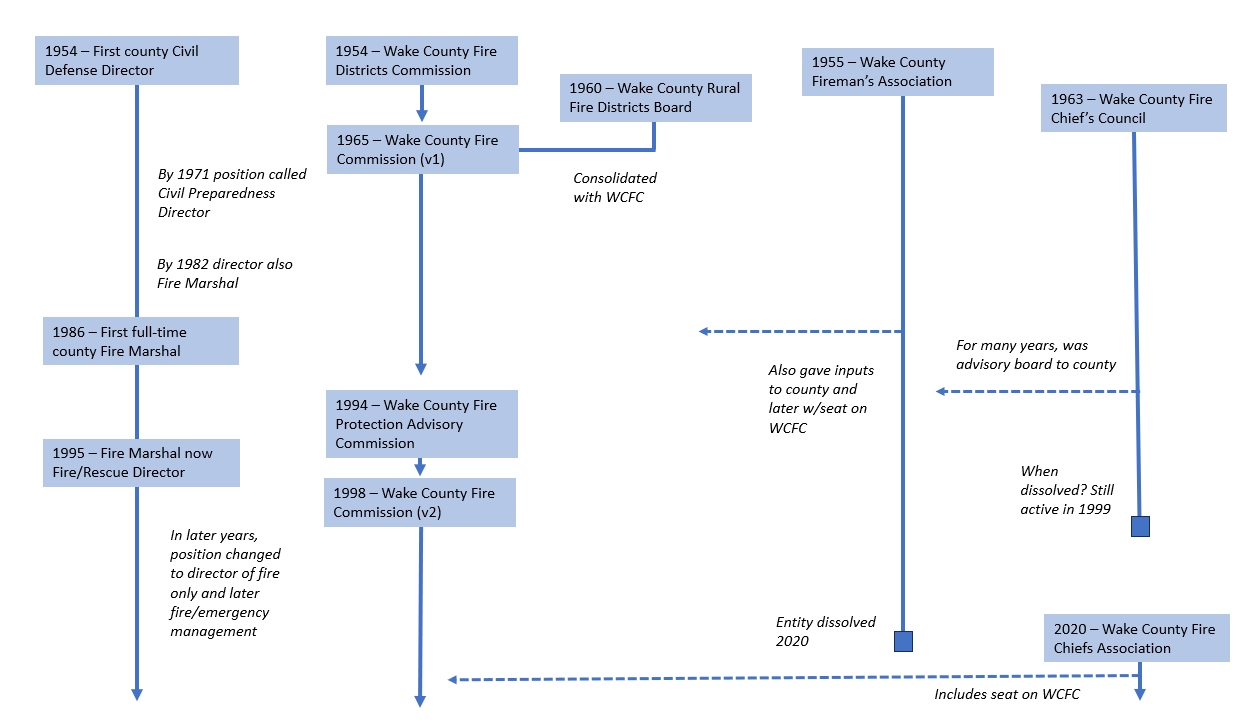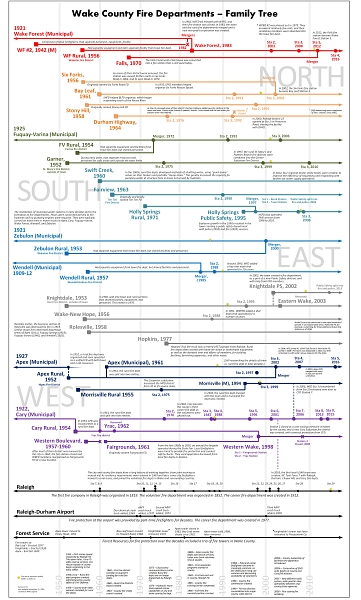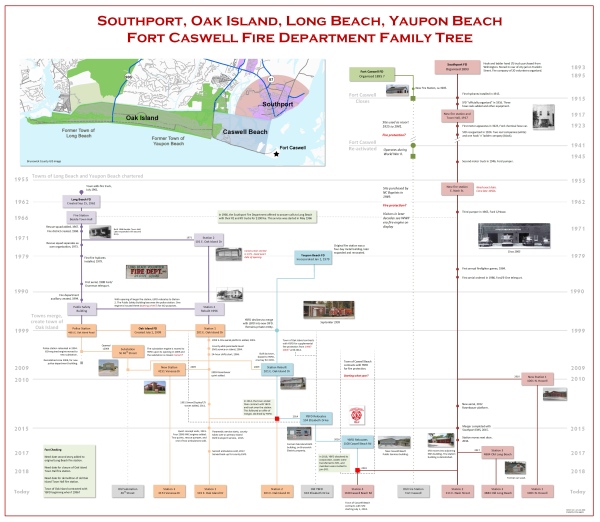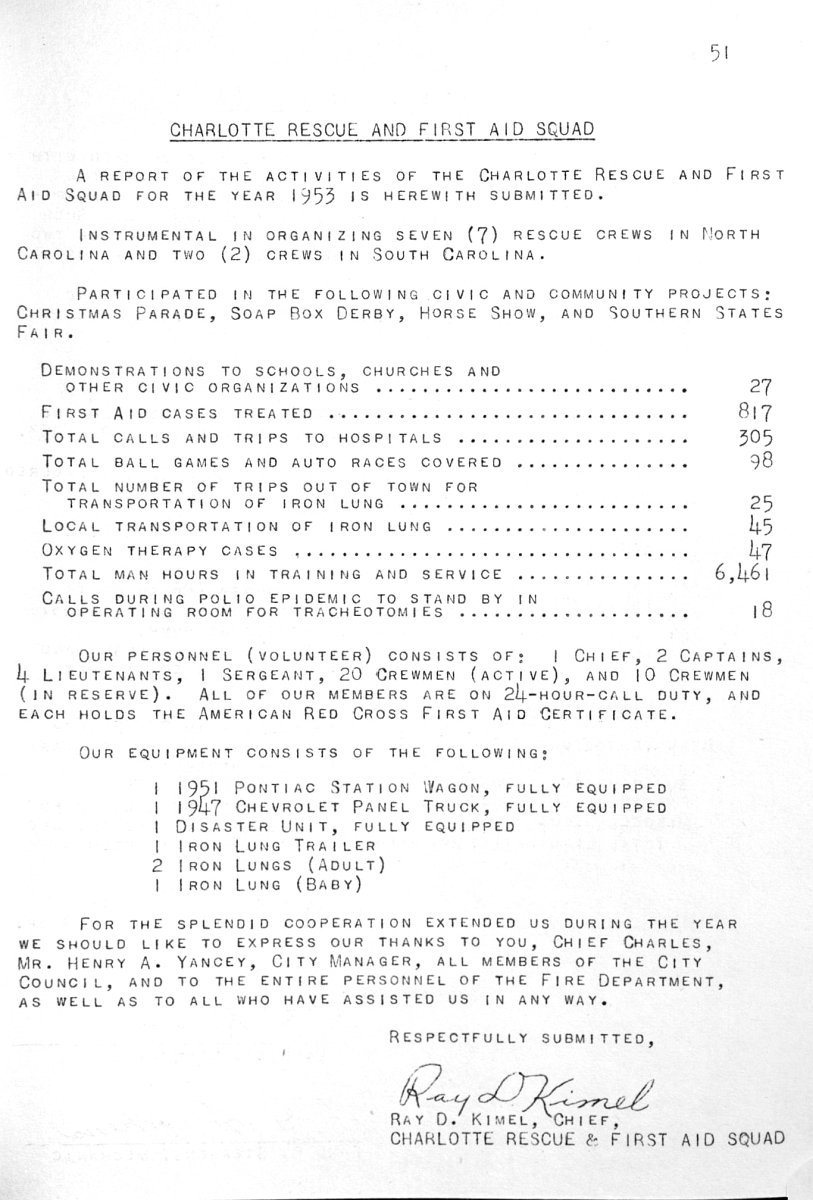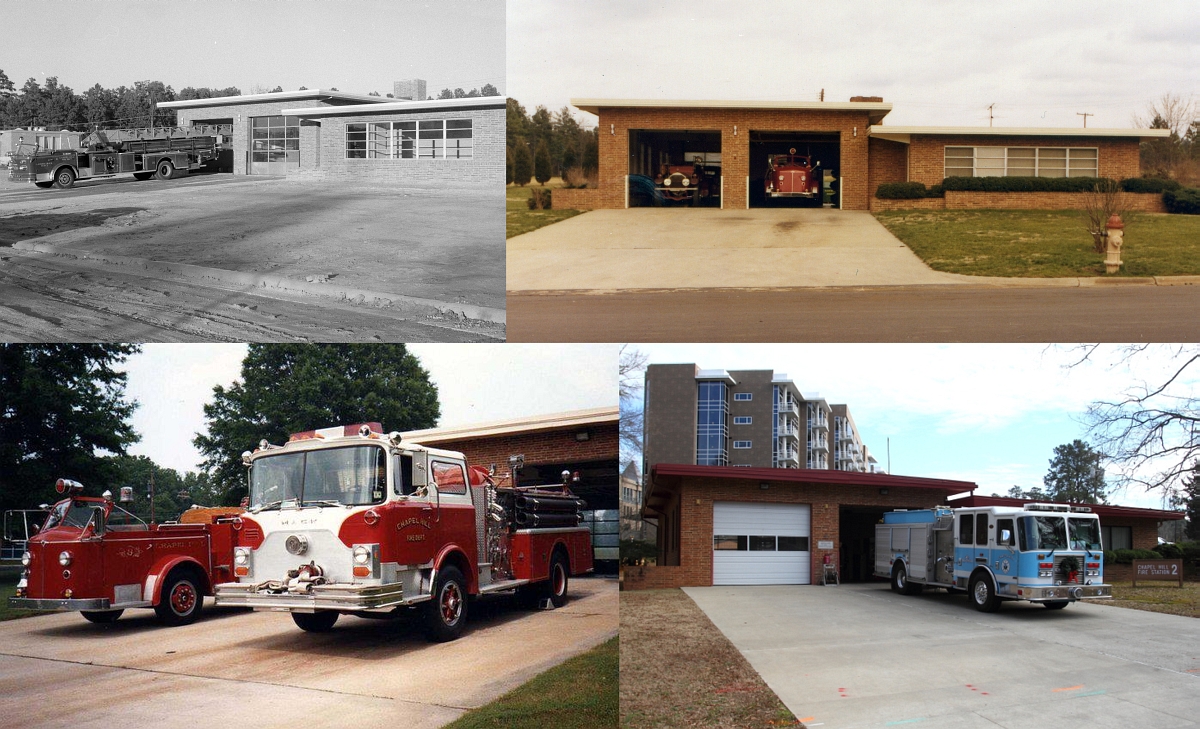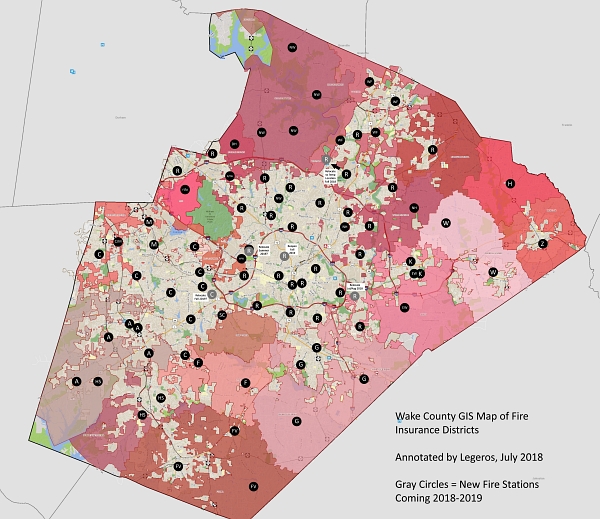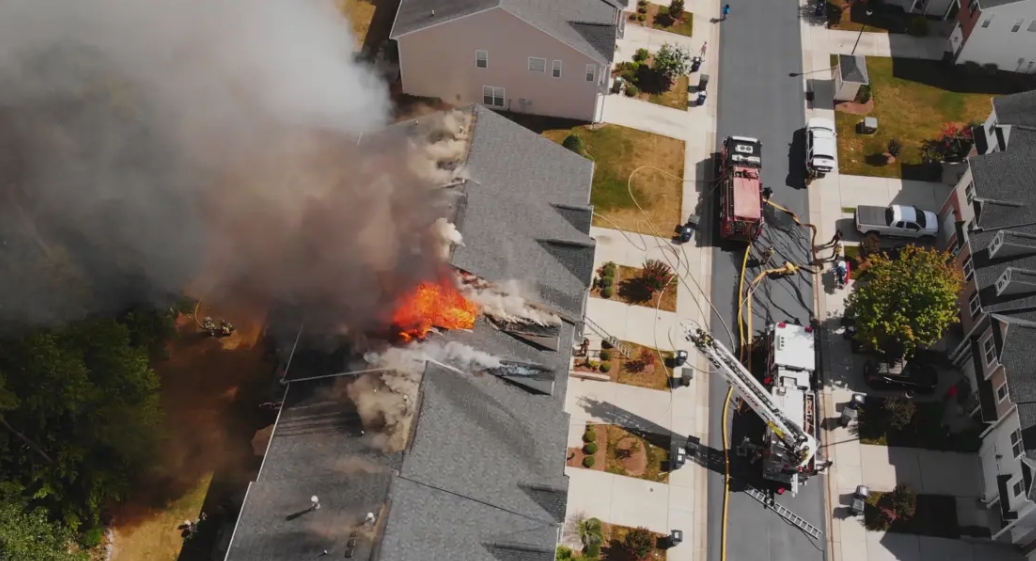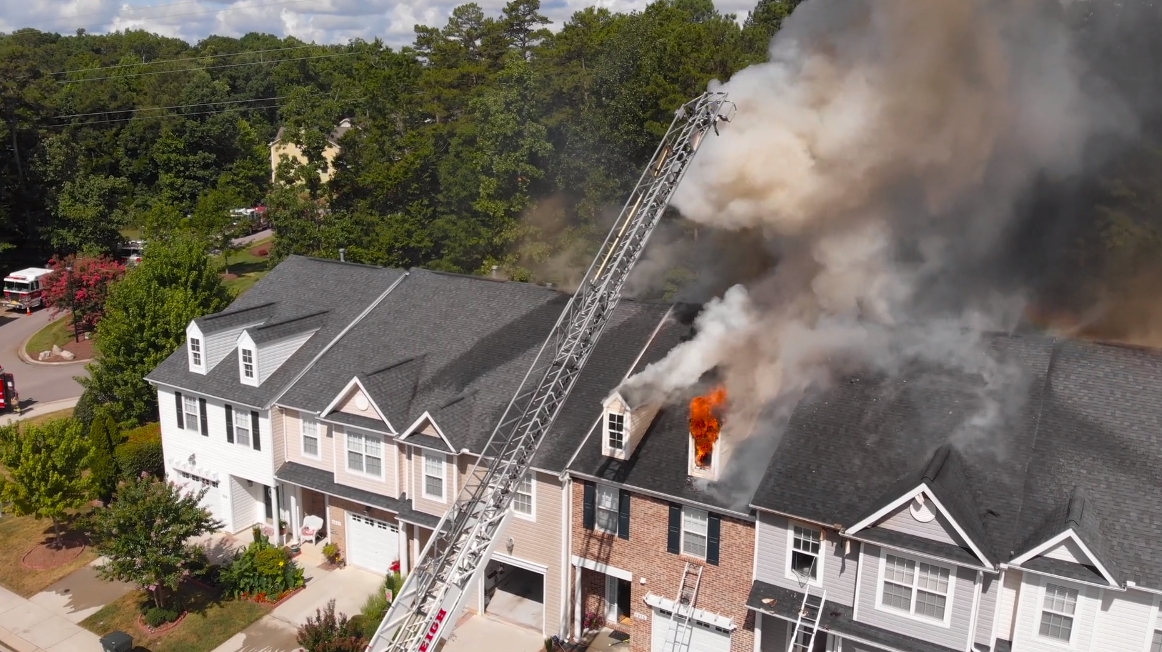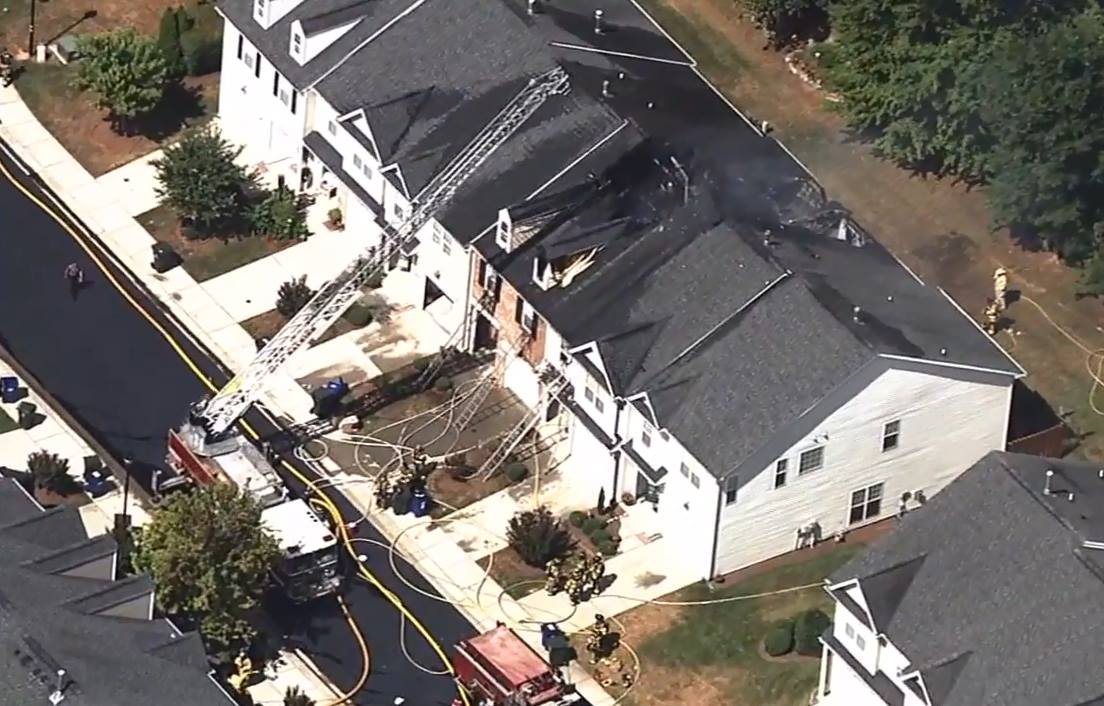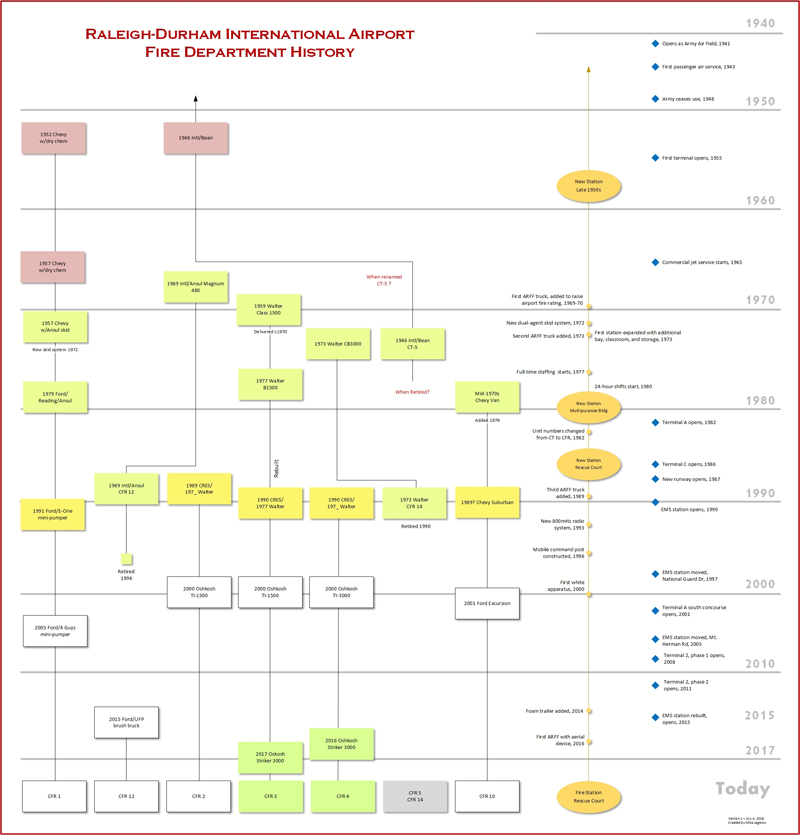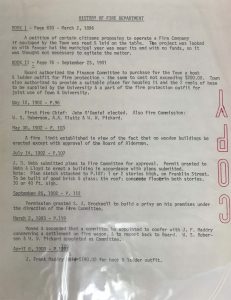Presented a deep dive into the history of both fire protection and fire service governance in Wake County. The research notes were originally compiled in 2016 and undergo occasional updates.
Read research notes (PDF)
Selected Milestones
- 1952 – First rural service started in Apex.
- 1954 – County rural fire protection program created.
- 1954 – County fire districts commission created.
- 1954 – First full-time county Civil Defense director hired. Role becomes EM director, and assumes role of county fire marshal.
- 1955 – County fireman’s association formed.
- 1958 – County-wide, two-way radio network created for FDs.
- 1960 – County rural fire districts board created.
- 1963 – County fire chiefs council created.
- 1965 – First iteration of county fire commission created.
- 1965 – Rural fire districts board merged into fire commission.
- 1972 – County fire dispatching transferred from city fire department to new city/county 911 center.
- 1985 – County fire training center completed.
- 1986 – First full-time county fire marshal hired.
- 1988 – First countywide training program begins.
- 1994 – Consultant’s study of county fire protection received, includes recommendation for creating a fire advisory board.
- 1994 – County fire protection advisory commission created.
- 1998 – Second iteration of county fire commission created.
- 1999 – Individual fire tax districts consolidated into single countywide district.
- 2002 – County ownership of fire facilities introduced, with opening Fuquay-Varina Station 3.
- 2003 – Consultant’s study of county fire/EMS facilities and equipment received, includes recommendation for closing a number of county stations.
- 2005 – County ownership of fire apparatus introduced, along with bulk purchasing.
- 2008 – First county-directed fire station closure, Western Wake Station 2.
- 2009 – First county fire recruit class graduation.
Infographics
